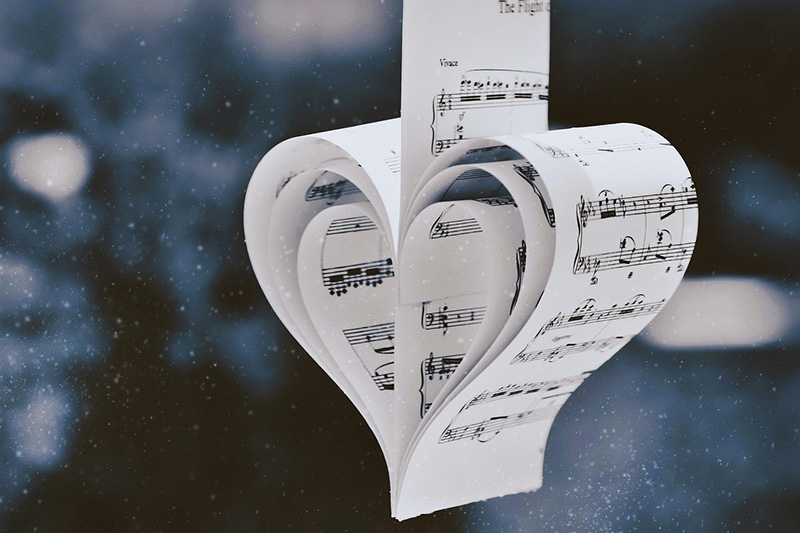Bass
View bass audition requirements for the following ensembles:
- Debut Strings Ensemble (DSE)
- Serenade Strings Ensemble (SSE)
- Lyric Strings Ensemble (LSE)
- Repertory Youth Orchestra (RYO)
- Armstrong Youth Orchestra (AYO)
DSE Audition Requirements for Bass
Scales and arpeggios
Students should choose only ONE scale from below. Students may use their music for all scales.
Bass: D Major or E Major (One octave; no arpeggios)
Download DSE Bass Scales
Solo Piece (played without accompaniment)
Choose one Solo from this list found in Suzuki Book 1. This is the minimum level solo we will accept for Debut Strings Ensemble: Lightly Row, Song of the Wind, or Go Tell Aunt Rhodie. Correct positioning of the instrument (using shoulder rest for violins/violas), correct bow hold (beginning bow hold is fine), steady tone, accuracy of pitch and rhythm are all fundamental elements of a strong audition.
Download DSE Bass Suggested Solos
Sight Reading
Students will be asked to sight-read one or two short excerpts at the Debut Strings level. The student’s knowledge of pitches and rhythms (whole, half, quarter and eighth notes) will be determined. A successful sight-reading audition at the Debut Strings level will exhibit a basic level of understanding, not mastery.
SSE Audition Requirements for Bass
Scales and arpeggios
Students may use their music for all scales. Scales should be played in even quarter notes using separate bows, with arpeggios. Tempo is quarter note = 88.
Bass: D Major, E Major, and F Major (one octave), with arpeggios
Download SSE Bass Scales
Solo Piece (played without accompaniment)
Students should prepare a solo piece from their polished repertoire. An example of the appropriate level solo for Bass would be May Song (from Suzuki Bk. 1). Correct positioning of the instrument, correct bow hold (beginning bow hold is fine), steady tone, accuracy of pitch and rhythm are all fundamental elements of a strong audition.
Download SSE Bass Suggested Solos
Sight Reading
Students will be asked to sight-read one or two short excerpts at the Serenade Strings level. The student’s knowledge of pitches (including accidentals) and rhythms (including eighth and sixteenth notes and rests) will be determined. A successful sight-reading audition at the Serenade Strings level will exhibit a developing level of understanding, not mastery.
LSE Audition Requirements for Bass
Scales and arpeggios
Students may use their music for all scales. Scales should be played in even quarter notes using separate bows, with arpeggios. Tempo is quarter note = 88.
Bass: E, F, G Major (one octave), all with arpeggios
Download LSE Bass Scales
Solo Piece (played without accompaniment)
Students should prepare a solo piece from their polished repertoire. If the student does not have a private teacher to help them choose a solo, an example of the appropriate level solo for bass is English Folk Song (from Suzuki Vol. 2). Correct positioning of the instrument (using shoulder rest for violins/violas), correct bow hold, steady tone, are all fundamental elements of a strong audition. Shifting and vibrato are skills usually gained with the private instructor while students are members of this group. Accuracy of pitch and rhythm are vital.
Download LSE Bass Suggested Solo
Required Etudes
Sight Reading
Students will be asked to sight-read one or two examples at the LSE level.
RYO Audition Requirements for Bass
Scales and arpeggios
All scales and arpeggios are to be MEMORIZED. Tempo should be ♩ = 100
Bass: F and G Major (two octaves), Bb Major only one octave, all with arpeggios
Download RYO Bass Scales
Solo Piece (played without accompaniment)
Students should prepare a solo piece from their polished repertoire of his/her choosing (played without accompaniment). If the student does not have a private teacher to help them choose a solo, the following solos are suggested: Bass – Handel, Bourree (Suzuki Bk.3)
Download RYO Bass Suggested Solos
Required Etudes
Sight Reading
Students will be asked to sight-read one or two examples at the RYO level.
AYO Audition Requirements for Bass
Scales and arpeggios
Students must have these scales and arpeggios memorized. Quarter Note = 100
Bass: F, G, Ab, Bb Major (two octaves); f and g melodic minor, all with arpeggios
Solo Piece (played without accompaniment)
Students should prepare a solo piece from their polished repertoire.
Required Excerpt
Sight Reading
Students will be asked to sight-read one or two pieces at the ASO level.
